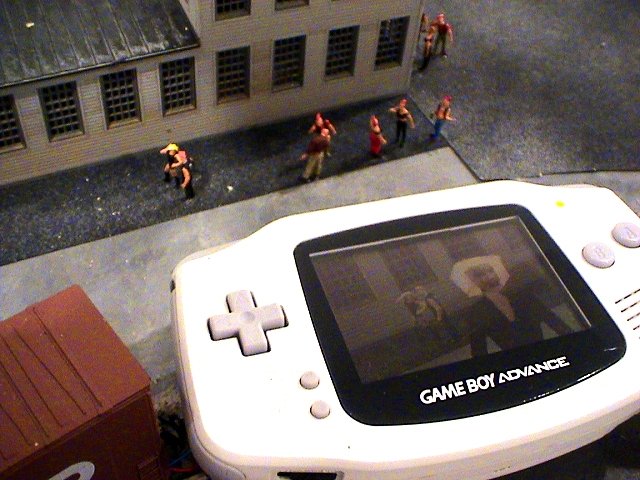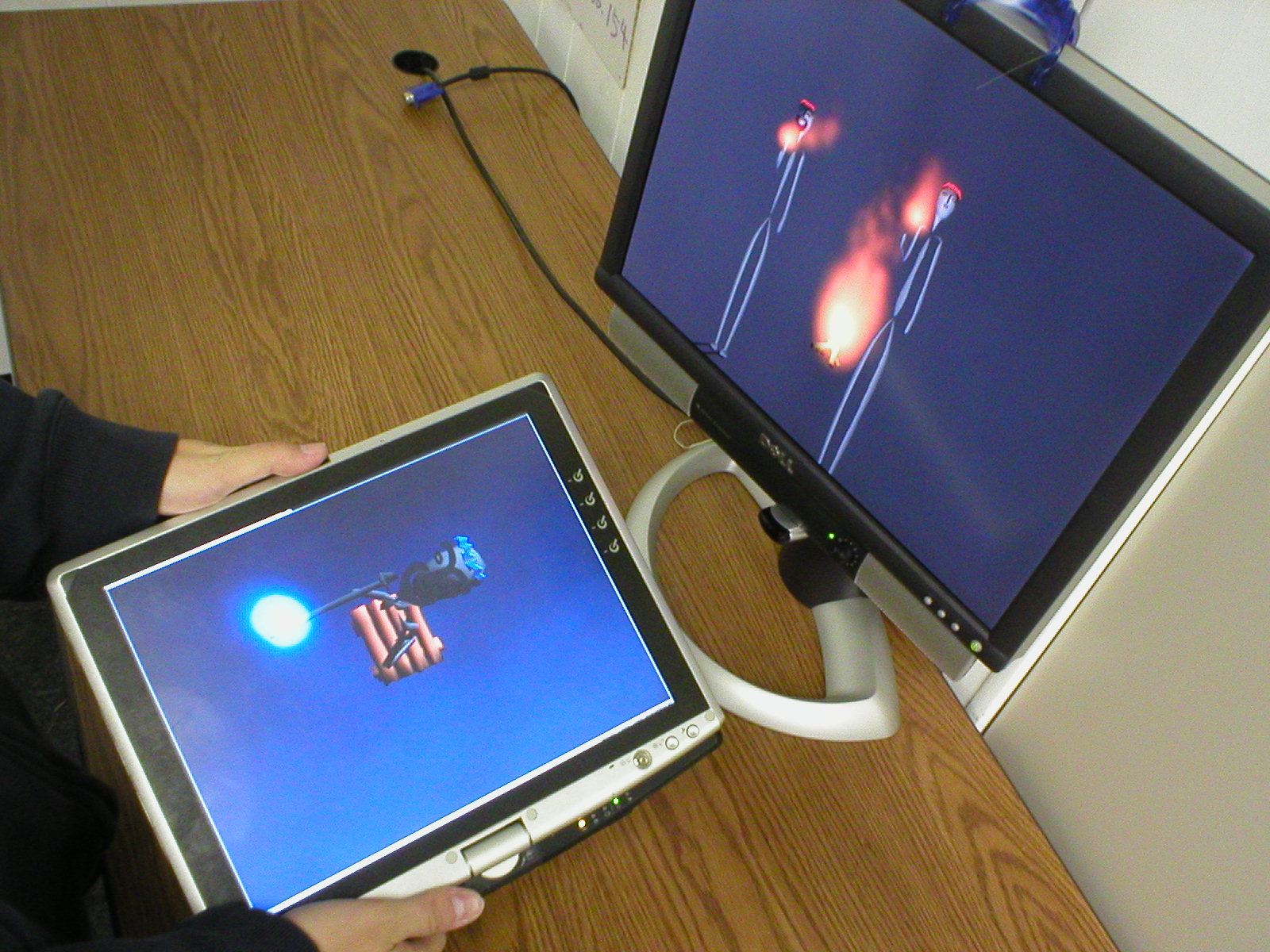The reason why I am into electronic games lately is that I bought this nice book called "Electronic Plastic" by Büro Destruct.
Electronic Plastic turns time back to the Stone Age of computer games in the early 80s, long before Gameboy and Playstation existed. Designer Jaro Gielens collected more than 380 originally wrapped, battery-powered oldschool computer games. The finest and craziest ones are presented and commented on in Electronic Plastic. The layout is by Lopetz from "Büro Destruct", a latent computer game addict himself, and author Uwe Schütte putsus in the mood through his atmospheric introduction about the period end of the 70s - early 80s. From a cultural point of view, Electronic Plastic documents a bygone era of consumer electronics.Computer games like Blockbuster, Pinball and Race`n´Chase ruled. Today, the "Handhelds" and "Tabletops" fascinate through the wonderful retrodesign of the game shells, packages, logos. Anyone enthusiastic about design, typography and/or computertrash will even just enjoy the boxes and the typefaces used and will acknowledge how consistently the game shells and the packaging perfectly match the games´ concept. Besides that, the manufac-turers - with fine names like Bandai, Bambino, Epoch and Gakken - also managed to develop highly entertaining games with very simple means: a miniscreen and a few small buttons. The "oldschool" computer gadgets were superseded by exchangeable cartridge systems in the middle of the 80s. Handhelds and tabletops disappeared from department stores. Today they are rare collector items which one usually only still gets to see in dusty attics, or in Electronic Plastic.
A nice resource, with great pictures attesting the diversity of interfaces at that time!



